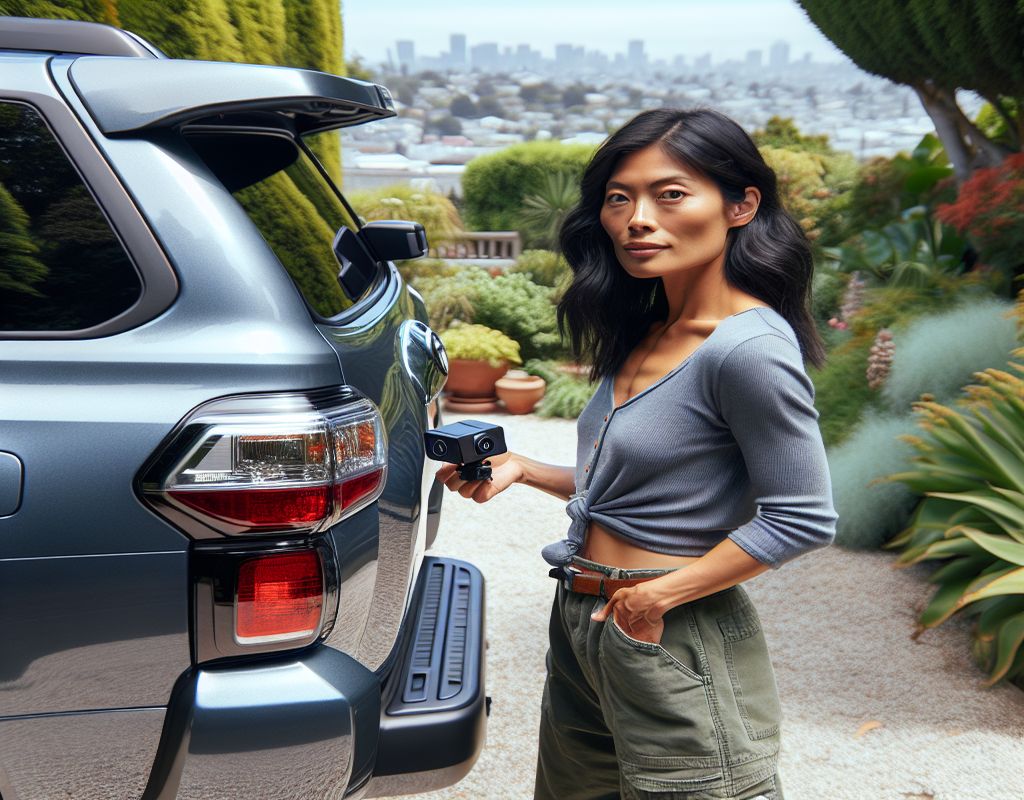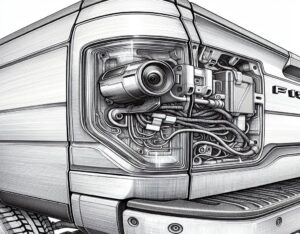Enhancing Safety and Convenience with a Backup Camera for Your 4Runner
In today’s automotive landscape, safety and convenience features play a crucial role in enhancing the driving experience. A must-have addition for your 4Runner is a backup camera, also known as a rearview camera. This specialized camera, mounted at the rear of your vehicle, provides a clear view of obstacles or people behind the car that may be hidden from sight. Particularly beneficial for larger vehicles like the 4Runner, a backup camera significantly improves safety and convenience during driving and parking maneuvers.
The Safety and Convenience Boost
A backup camera in your 4Runner serves a primary purpose of enhancing safety by offering a clear view of the area behind the vehicle. Reversing or parking in tight spaces can be challenging due to blind spots, increasing the risk of accidents. By providing a wide-angle view of the rear surroundings, a backup camera helps drivers navigate confidently. Moreover, the convenience it offers is invaluable, especially when maneuvering a larger vehicle like the 4Runner in crowded parking lots or narrow streets.
Selecting and Installing Your Backup Camera
Understanding the importance of a backup camera is the first step. Let’s now explore the process of selecting and installing one in your 4Runner, starting with choosing the right camera that suits your needs and vehicle specifications.
Choosing the Best Backup Camera for Your 4Runner
When it comes to selecting a backup camera for your 4Runner, you have a range of options to consider. You can opt for Original Equipment Manufacturer (OEM) cameras from Toyota or explore aftermarket cameras from third-party manufacturers. Each type offers distinct features and benefits tailored to different preferences.
Exploring Camera Types
OEM cameras seamlessly integrate with your 4Runner’s systems, providing a factory-fitted look and often superior quality. On the other hand, aftermarket cameras offer a broader range of features like higher resolutions, wider viewing angles, and enhanced night vision capabilities. Consider factors such as resolution, viewing angle, night vision, and waterproof rating when choosing the camera that best fits your requirements.
Popular Recommendations
For 4Runner owners seeking to install a backup camera, consider popular and reliable options like [Insert specific models based on budget and needs].
Gathering Essential Tools and Materials
Before you begin the installation process, ensure you have all the necessary tools and materials at hand.
Tools and Materials Checklist
- Screwdrivers
- Wire strippers
- Drill
- Wiring harnesses
- Cables
- Camera unit
- Mounting brackets
- Extension cables (if necessary)
Make sure you have all these items ready before starting the installation. You can easily find these tools and materials at your local automotive store or online retailers.
Preparing for Installation
Proper preparation is key to a successful backup camera installation in your 4Runner. Follow these steps to ensure a smooth process:
Reviewing Instructions
Take time to go through the installation manual provided with your backup camera to familiarize yourself with the setup process.
Prioritizing Safety
Before you start the installation, disconnect the vehicle’s battery to prevent any electrical mishaps.
Determining Camera Placement
Identify the best location for mounting your camera on the rear of your 4Runner. This step may involve removing interior panels or accessing wiring for a seamless installation.
Stay tuned for the upcoming sections where we will provide a detailed, step-by-step installation guide with visuals to help you set up your backup camera in your 4Runner effectively.


